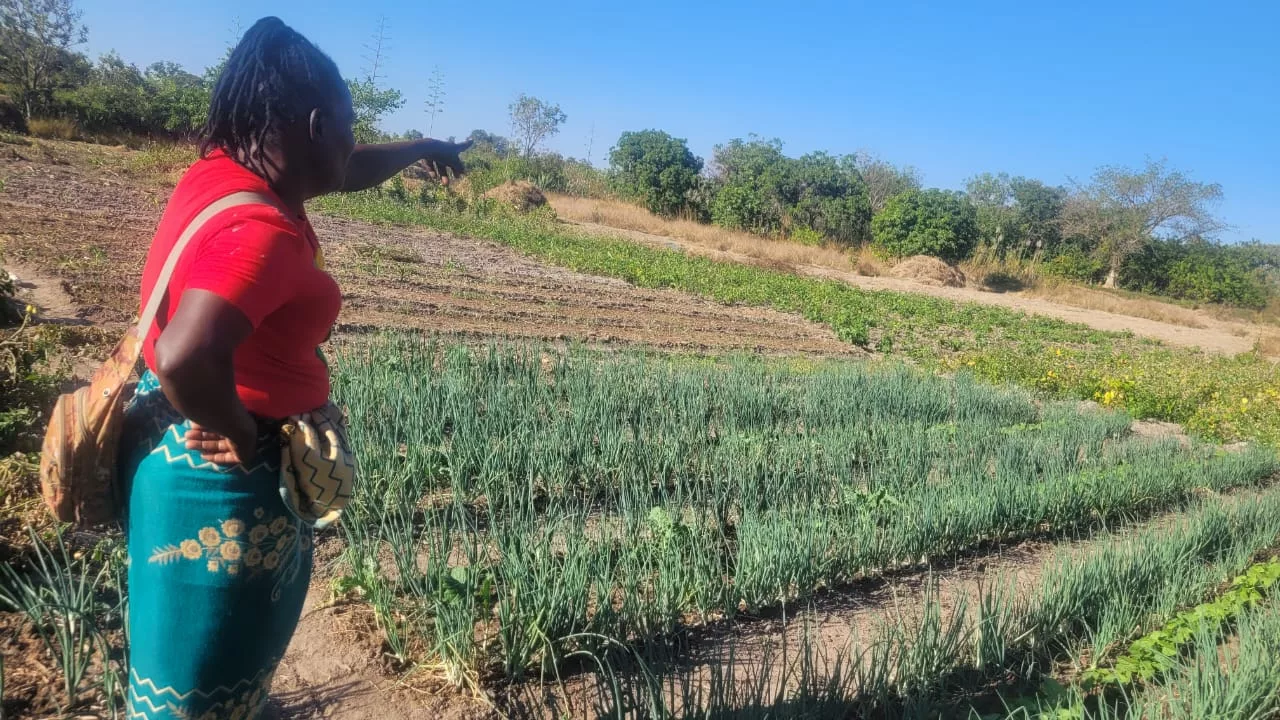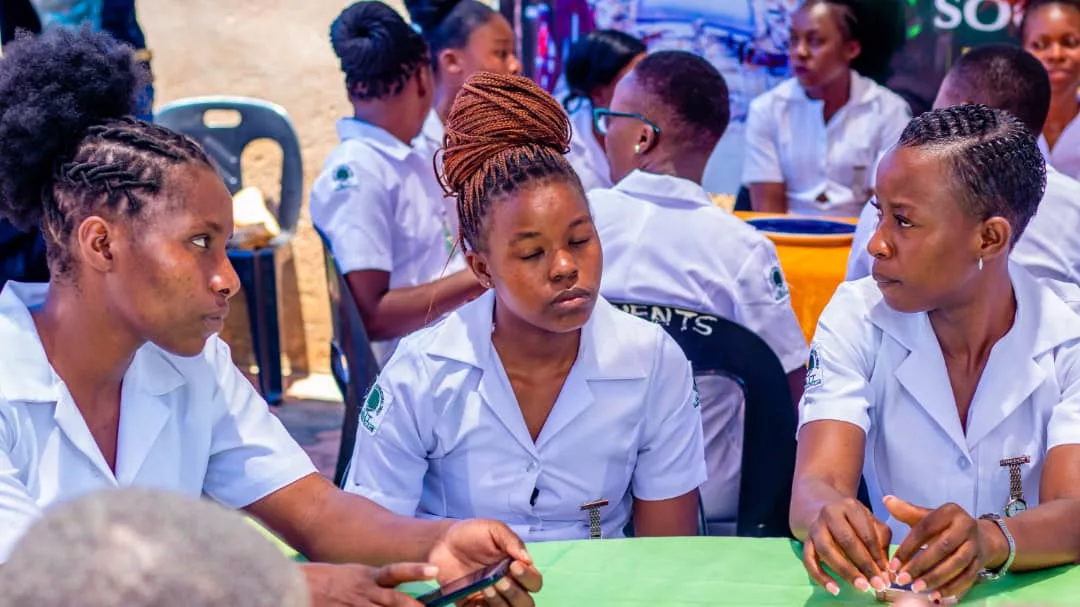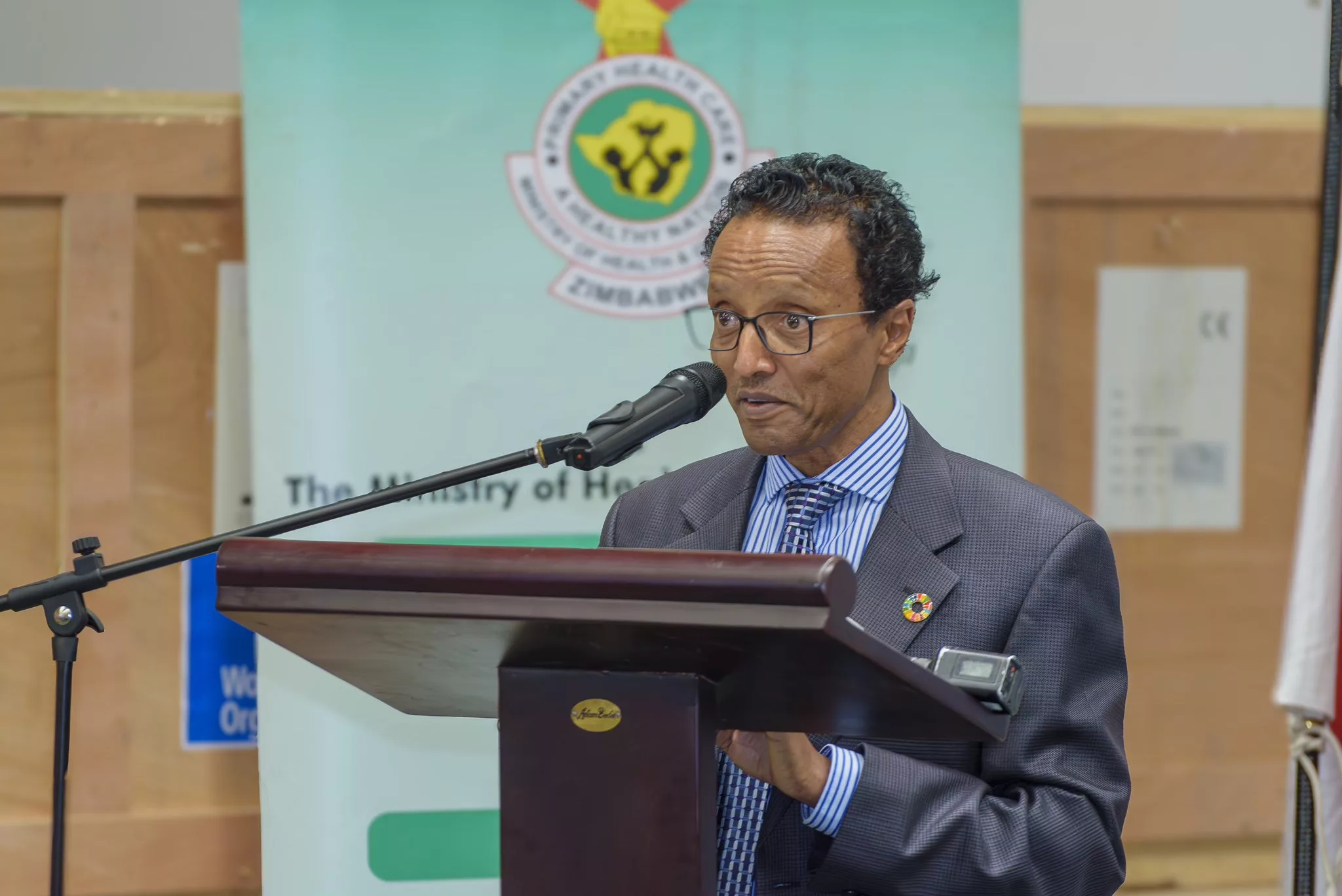By Charles Dhewa
Good rainfall seasons across Africa are not only characterized by an abundance of domesticated crops and livestock but an increase in the availability of non-domesticated natural food resources. Such resources range from edible insects to indigenous fruits, tubers, vegetables, mushrooms, and small indigenous animals. While some are prevalent in high rainfall regions, dry regions have their own share of these natural God-given resources which are an integral component of local food systems.
No serious attention to indigenous food
In all African countries, it is unfortunate that not much attention is paid to indigenous vegetables, indigenous fruits, tubers, indigenous crops, and livestock on which the majority depend. Most of these commodities do not even exist in textbooks where the content for school children is all about exotic commodities. Sometimes school children are taught to recite and memorize names of indigenous trees, birds, and livestock. End of story. Knowledge about the nutritional composition of indigenous fruits and vegetables is not imparted to school children or students at the tertiary level. The same applies to indigenous livestock where little research that is done is for academic purposes – just to pass an examination. Miniscule research done by NGOs on indigenous chickens, goats, and sheep is only intended to justify donor-funded projects. Such efforts have not resulted in meaningful progress.
Why don’t we have a domestication agenda?
Instead of recycling imported crops and livestock breeds most of which have reached their limits and cannot survive a changing climate, African researchers and education systems should be exploring the domestication of some indigenous crops and livestock. The modern world is still depending on crops and livestock that were domesticated by ancestors, for example, conventional cattle, goats, sheep, pigs, chickens, maize, millet, sorghum, rice, and several other commodities. Formal education systems and science have no appetite and capacity to expand domestication beyond what already exists.
Recent attempts at domestication have focused on harnessing bees from the wild to commercialize honey production. Fishery projects have also been borrowed from natural fish surviving in rivers and oceans. Indigenous communities like the Tonga of Zambezi valley have for generations demonstrated their expertise in domesticating guinea fowls and now guinea fowls are found almost everywhere. Commercial mushroom production has largely been a poor imitation of the way nature produces mushrooms in African forests and microclimates. This is revealed by the poor taste of commercially produced honey compared to amazing Nhedzi and other types of indigenous mushrooms.
What African is losing by ignoring domestication
Domestication remains a powerful avenue for decolonizing African food systems, achieving better nutrition, and minimizing the impact of climate change. If resources had been directed to domestication, by now most African countries would be having huge plantations of indigenous fruit trees whose fruits are unique. A domestication agenda and curricula would enable the separation of harmful from harmless insects that are beneficial to the ecosystem. Some edible insects are considered a threat to maize, wheat and other exotic commodities yet these insects have been co-existing with indigenous foods for generations. By killing these insects using chemicals, industrial agriculture is undermining the natural balance.
The domestication and preservation of forests or environments in which edible insects and indigenous foods survive is a fertile ground for research and development by both government and development organizations. African countries should be developing plantations of various types of indigenous trees so that edible insects like Madora can continue to survive. Rather than continue promoting exotic food systems in rural communities, development organizations should now switch their focus to supporting the growth and reproduction of indigenous foods and ecosystems that are more resilient.
Need to reverse conspiracy against indigenous food
African policymakers need to take indigenous food commodities seriously. The fact that we do not see indigenous fruits in supermarkets is an indication that modern market systems do not want indigenous fruits to compete with exotic fruits. When exotic fruits are out of season, high-income consumers continue to access fruit-based nutrition through buying 100% fruit juices which low-income earners cannot afford. Conversely, due to a lack of investment in supporting indigenous fruits, poor people are denied indigenous fruits-based nutrition when indigenous fruits are out of season.
At the regional level, there is no inter-country trading of tubers and indigenous fruits because these commodities are not being promoted. Instead, countries compete to export exotic fruits like oranges to each other. Embracing a nutrition angle can see production, value addition, and preservation of indigenous fruits being promoted at national and regional levels. All African countries have developed market infrastructure for exotic commodities but there is no such support for indigenous food commodities like tubers, fruits, and others.






